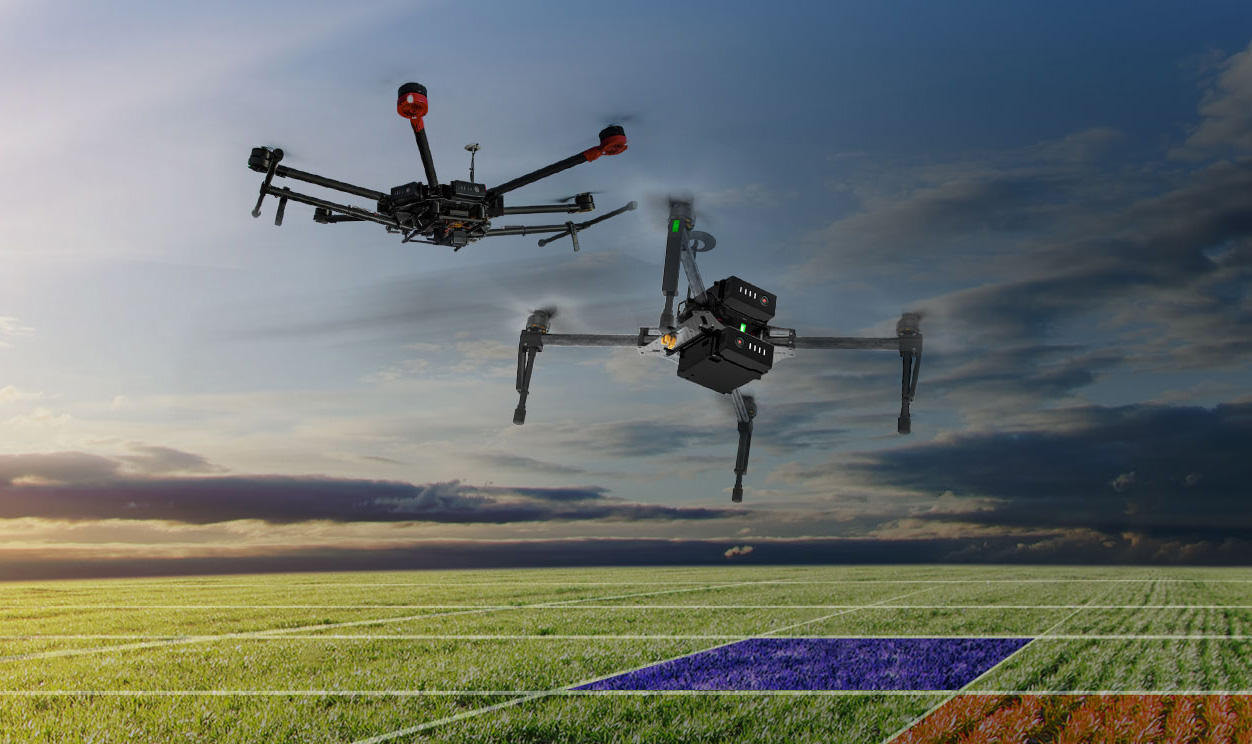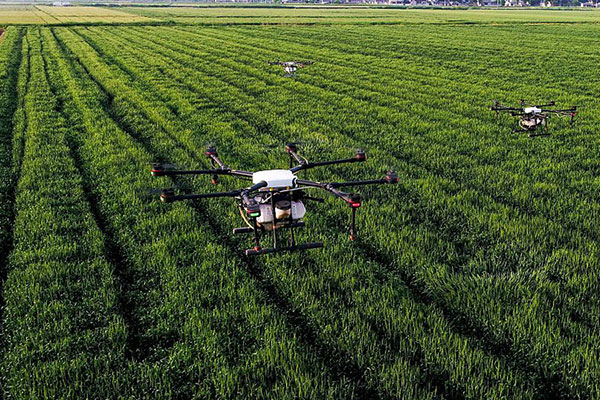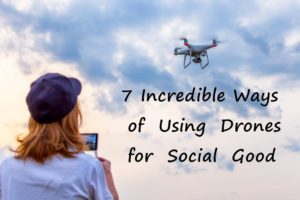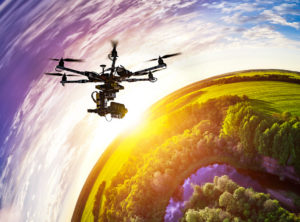For the past five or six years, agricultural drones have changed how farmers and other agricultural entities go about agribusiness. They have brought tremendous change to crop monitoring, storm damage assessment, and animal and crop health, crop density, among other functions. The drones are taking precision agriculture to new heights and alongside other technologies, farmers are getting maximum yield from their farms regardless of the size and amount of resources used.
Agricultural drones are very effective to every farmer or agricultural service provider when they need to cover large tracts of land in a short time. In many countries, agricultural drones have just started seeing more farmers embrace them, but in Japan, the government have applied them in large capacities to help the rice farmers manage their paddy fields for better production.
Specialized Agricultural Drones
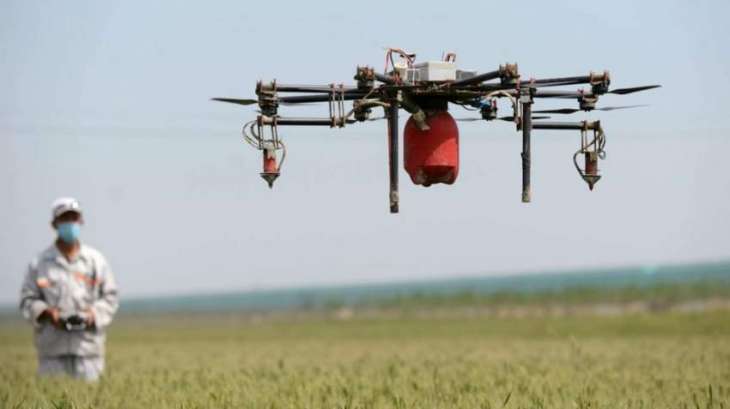
The specialized agricultural drones have HD cameras with thermal imaging capabilities, which allow them access to data that would have otherwise taken several hours or days to acquire. However, one type of drone does not fit the needs of every agricultural activity. There are drones for planting, monitoring, fungicide, pesticide, and fertilizer application, among other applications.
Here is an in-depth look at the various activities that agricultural drones can do on a farm.
Aerial Seeding
Various startup as well as established companies are researching and producing agricultural drones planting. Aerial seeding is part of broadcast planting method and it is helpful in planting various types of grasses and legumes in less time than it would take human laborers. The drones contain pods with seeds and a mixture of nutrients that allow germination to take place, once the pod hits the ground.
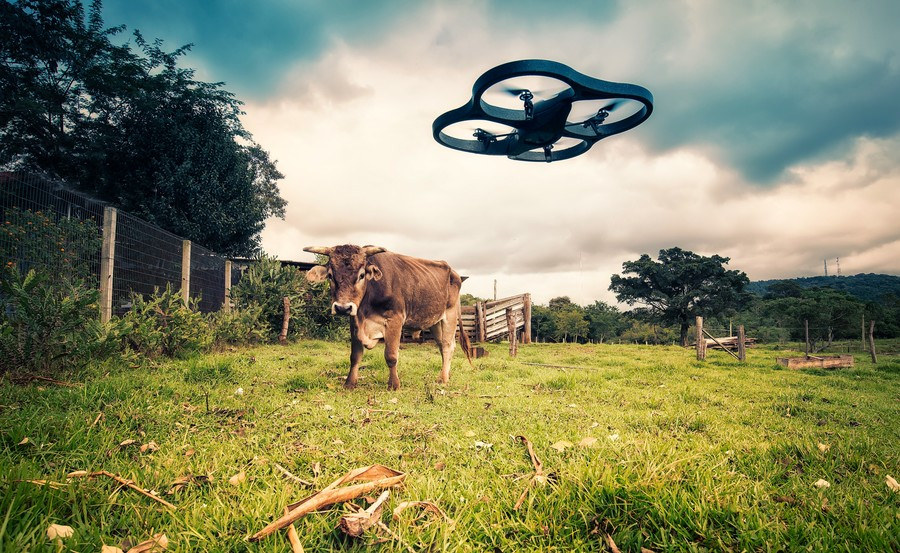
There is a 75% uptake of agricultural drones manufactured for planting and statistics show that they reduce planting costs by over 80%. Not only does they make planting of cash crops faster, they can also help in combating soil erosion after the surface vegetation have been burnt away by wild fires thus exposing the soils top layer. The drone can replant the vegetation and curtail adverse erosion by either wind or floodwaters especially in areas where it is virtually inaccessible by human beings, such as rocky and steep ranges.
Data Collection
Data is taking center stage in modern day farming, with agricultural service providers able to advice farmers and other agricultural stakeholders on best practices. With in-season and current data for the whole field, farmers can pinpoint out problems as soon as they arise and take appropriate and immediate interventions.
The problem of collecting data is aggravated when the area to be scanned is vast and the plants already grown. Wherever and whenever data of the field is needed, the drone can be easily deployed. Newer models come equipped with GPS software where the drone controller only needs to define the coordinates of the section of the field, or the entire field and the software draws an autonomous flight path. With HD cameras and infrared, they can collect data required for irrigation management, pests and fungal control, and standardizing crop density.
Livestock Farming Management
Livestock faming requires a large heard to be profitable and this poses several challenges. First, with the change in weather patterns, many farmers practicing long-range livestock keeping are faced with the possibility of their animals dying during prolonged dry spells. Agricultural drones can help keep track of the heard and help the farmers in planting fodder as soon as the heard have moved from one area of a ranch to another. Depending on the rate of growth, the farmers can reduce or increase their heard accordingly.
Livestock farmers can also monitor their animals with the help of agricultural drones from the command post. The drones unlike recreational drones have a long range and the farmer can keep track of missing animals, those that have birthed, as well as neutralize dangers facing the livestock while out grazing.
Crop Monitoring
Plant health is crucial for ensuring maximum yield by the end of a growing season. However, there are fungi, bacteria, and pests that attack the crop when it is already mature but not ready for harvesting. Agricultural drones are edging out the age-old spot-checking method that would not cover the entire field. Spot-checking will not be of much help, but agricultural drones can identify and be used to eliminate the threats.
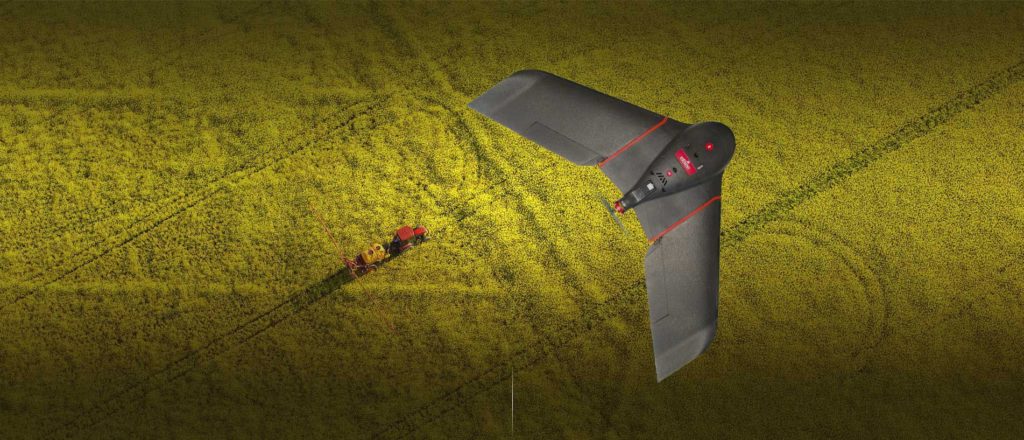
The appropriate drone for this use must have HD camera with infrared capabilities. They will be able to capture the extent of damage and an agricultural service provider can suggest the best cause of action without making a visit to the farm. Near Infrared Cameras can help generate NDVI maps of a farm where the healthy plants will reflect green light, absorb red light while the unhealthy plants reflect red light, and absorb the green one. The NDVI maps greatly aids in pinpointing the areas of the crop that have problems.
Storm Damage Clean Up
The ability of the agricultural drone to give the farmer a bird’s view of the entire farm in a few minutes can be applied in estimating the extent of storm damage on the crops. The process of clean up after a storm can consume much time and resource especially when you have no idea of the extent of the damage. The agricultural drone speeds up the cleanup process by allowing the affected farmers to have a rough estimate of the necessary input and equipment required to clean up the effects of the storm damage and return the farm to normal operating conditions.
What to Look for in an Agricultural Drone
The drone’s durability and the flight time are of much importance when shopping for a drone. The longer the flight time the more useful the drone will be to your farm. Agricultural drones have an average flight time of 45 minutes, compared to 15 minutes for the recreational drones.
Since the farm is typically dusty and dirty, many agricultural drones can handle the environment. However, keep in mind the location and the weather conditions it experiences and make the best buying decision. The agricultural activities you undertake in your farm will also determine the type of drone you will purchase.
